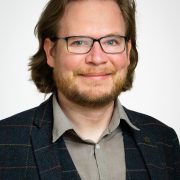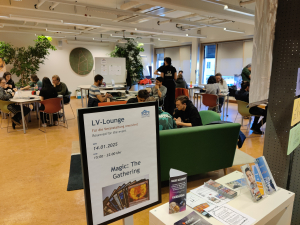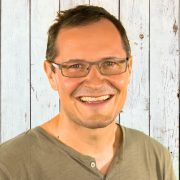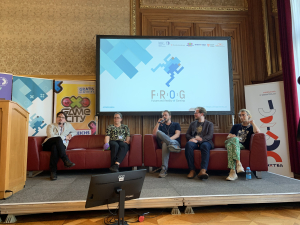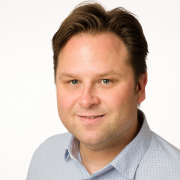Perceptually-aware Online Per-title Encoding for Live Video Streaming – US Patent
Vignesh Menon (Alpen-Adria-Universität Klagenfurt, Austria), Hadi Amirpour (Alpen-Adria-Universität Klagenfurt, Austria), and Christian Timmerer (Alpen-Adria-Universität Klagenfurt, Austria)
Abstract: Techniques for implementing perceptually aware per-title encoding may include receiving an input video, a set of resolutions, a maximum target bitrate and a minimum target bitrate, extracting content aware features for each segment of the input video, predicting a perceptually aware bitrate-resolution pair for each segment using a model configured to optimize for a quality metric using constants trained for each of the set of resolutions, generating a target encoding set including a set of perceptually aware bitrate-resolution pairs, and encoding the target encoding set. The content aware features may include a spatial energy feature and an average temporal energy. According to these methods only a subset of bitrates and resolutions, less than a full set of bitrates and resolutions, are encoded to provide high quality video content for streaming.


